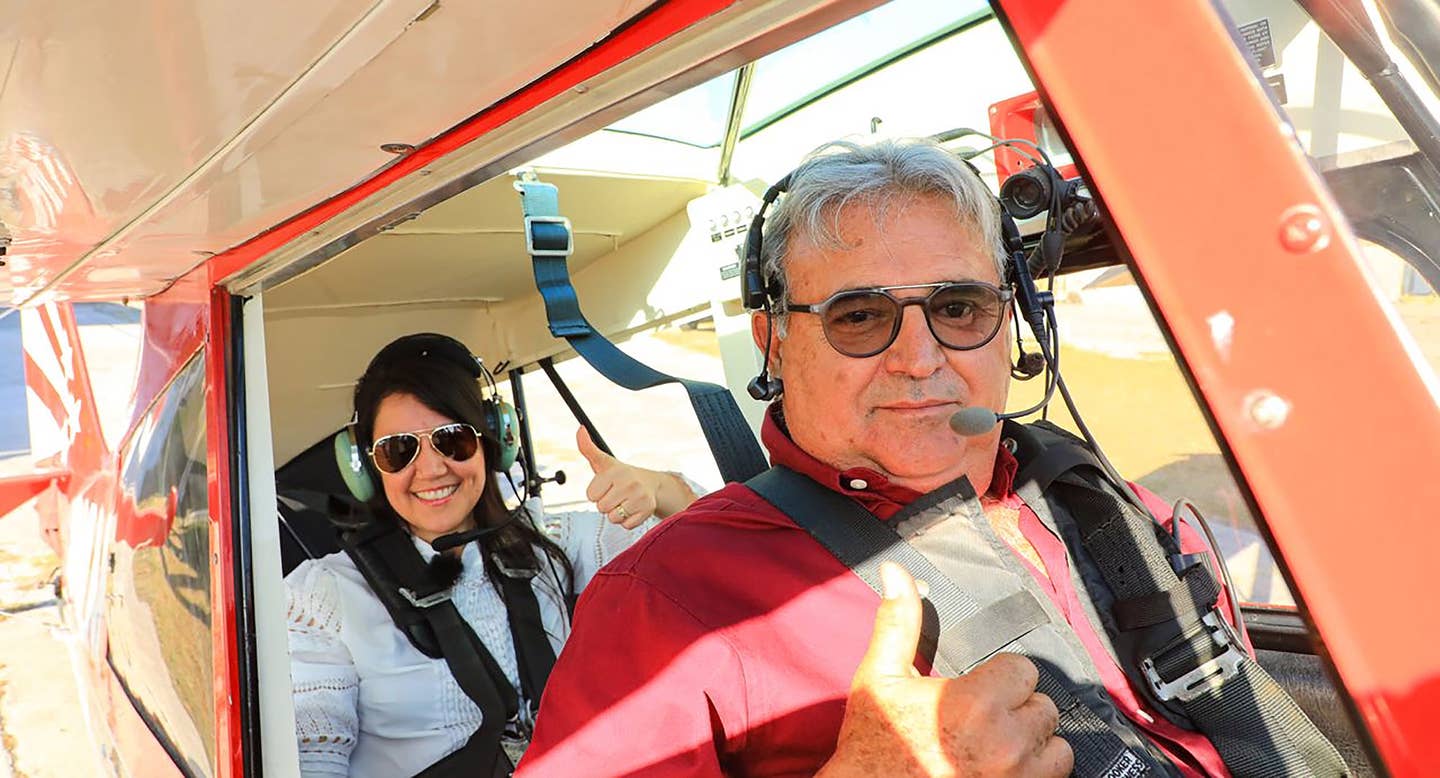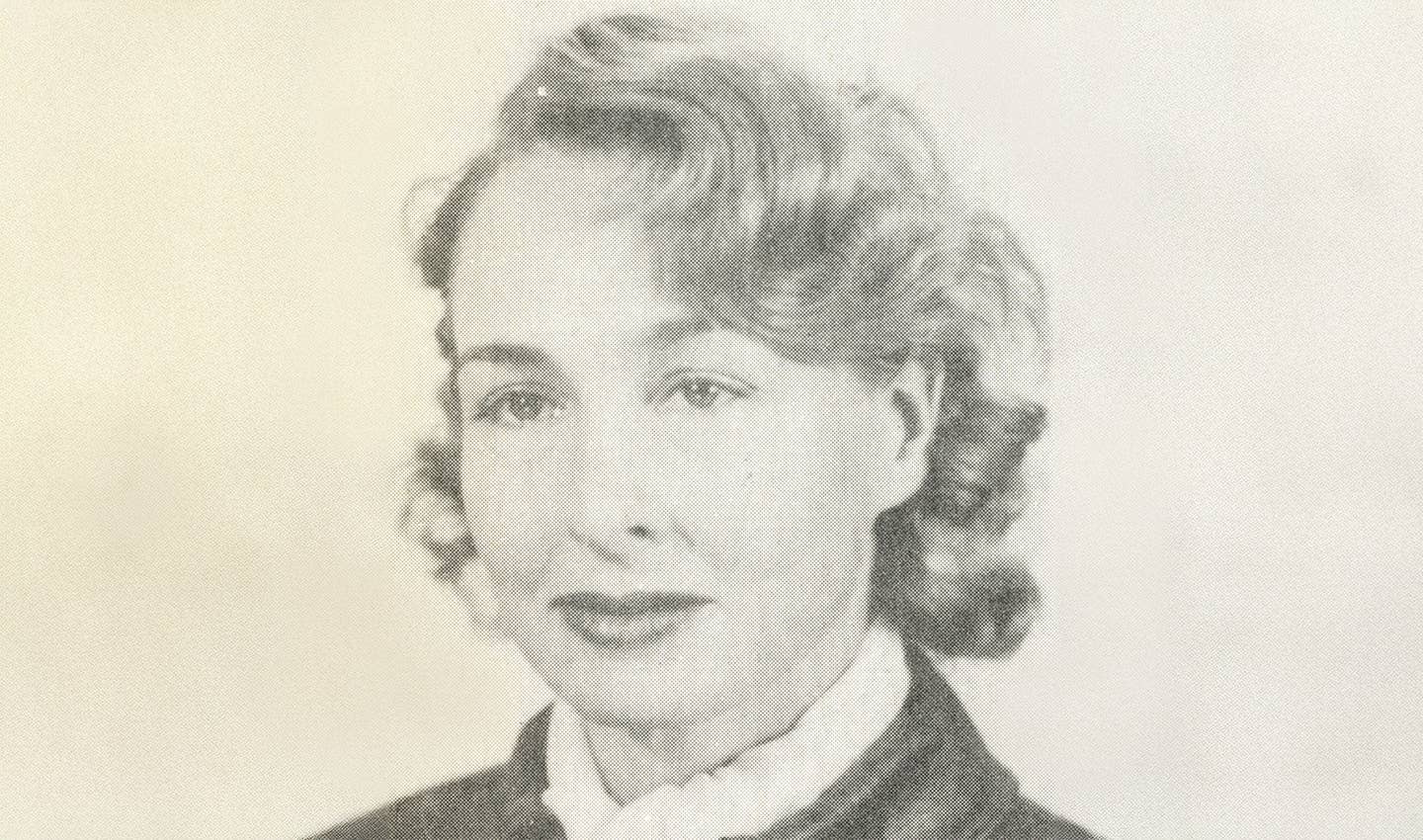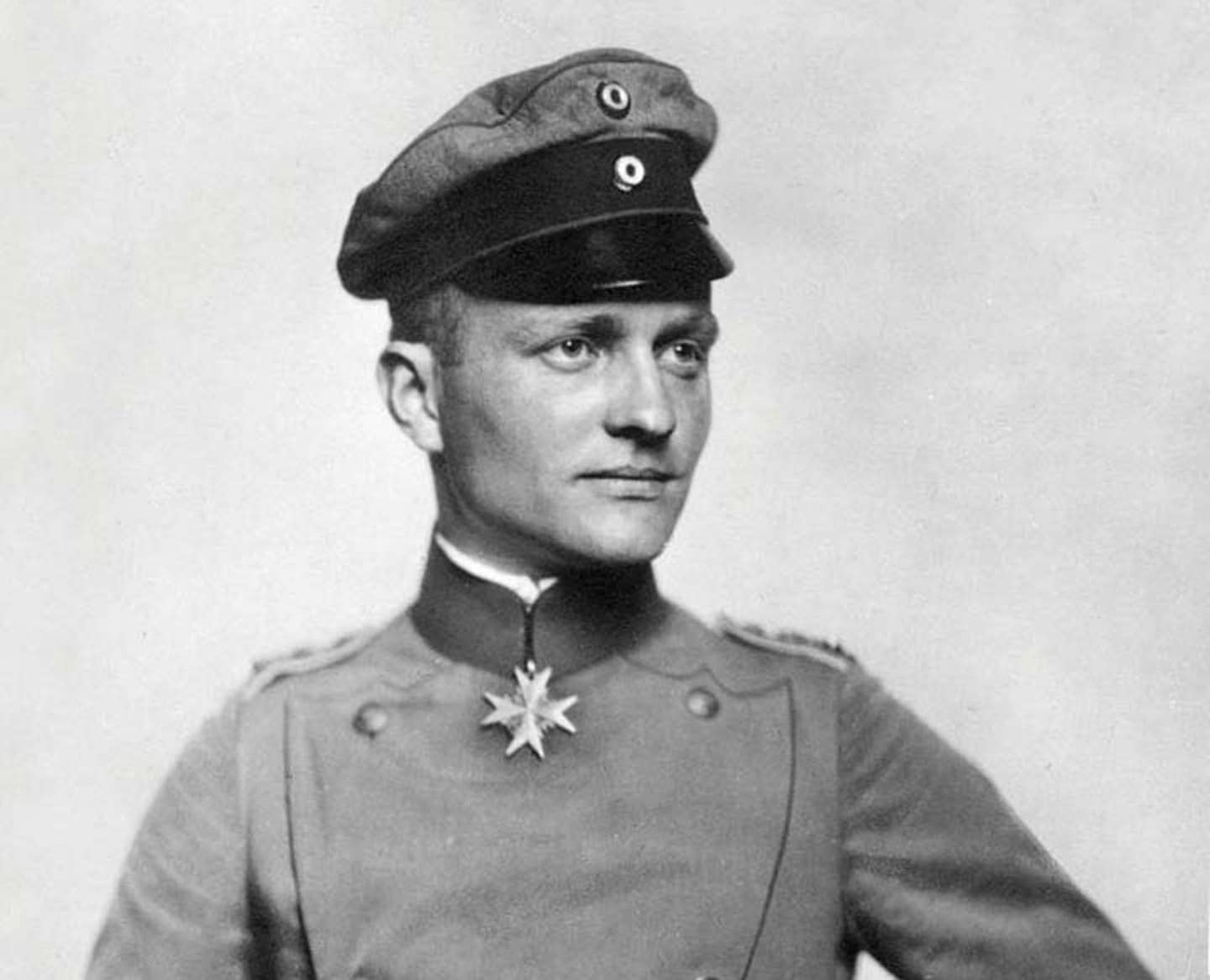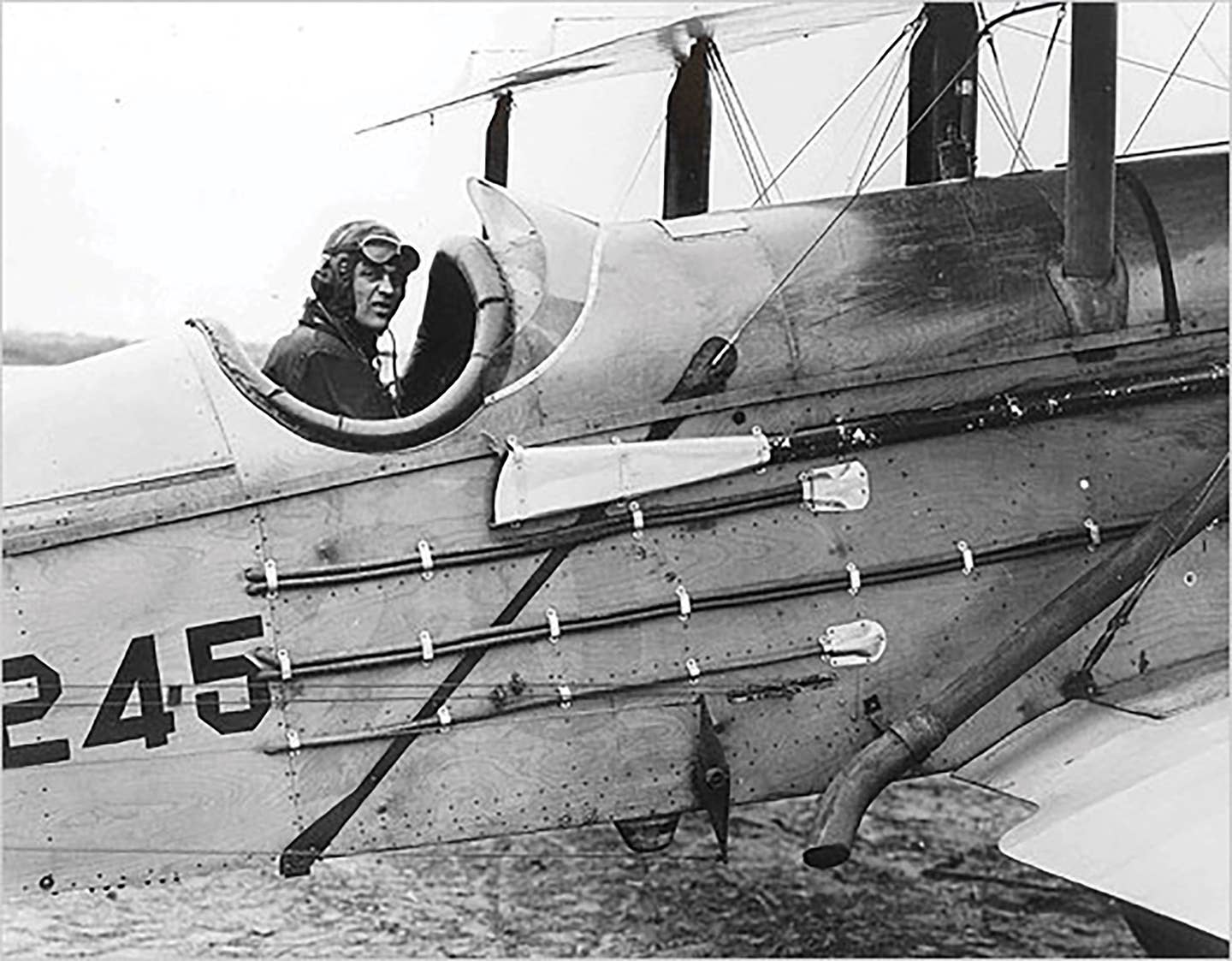
Photo: Smithsonian National Postal Museum
The relief pilot wasn’t there. Jack Knight didn’t know the terrain, didn’t know the route, but he knew it was dark and there was a blizzard. And he knew that the U.S. Congress was watching this relay of mail across the country and that the very future of the airmail system could depend on this flight. He climbed back into his de Havilland DH-4B and headed east.
James Herbert “Jack” Knight was born in 1892, in Lincoln Center, Kansas. Tragedy struck his family early in his life, and his mother died only a year after he was born. Knight and his sister were sent to live with an aunt and uncle in Michigan. In what may have been a case of foresight, he was given the nickname “Sky,” as a child.
In 1917, Knight enlisted in the United States Army Air Service. World War I was in full swing, but Knight wouldn’t see action. Instead, he was posted to Ellington Field in Houston, where he served as a flight instructor.
Following the end of the war, he joined the fledgling airmail service. It wasn’t what one might describe as a “safe” job. In fact, in the previous three years, 17 airmail pilots had been killed in crashes. But Knight excelled. He began setting airmail service records, including one on January 3, 1920, where he flew 215 miles from Cleveland to Bellefonte, Pennsylvania, in 83 minutes.
That flight alone would have cemented Knight into airmail history. But it was the flight in February 1921 that elevated Knight to legend status. Up until then, the airmail system only operated during the day, with the mailbags being transferred to trains overnight, then picked up again by planes during the day. Postmaster General Albert S. Burleson wanted to prove that airmail could fly at night, as well.
There was no better time to make a proving run. Newly elected President Warren G. Harding was pushing to end the federal airmail subsidiaries, in large part due to the deaths of the 17 pilots. But proving that mail could be safely delivered by air, at night, would go a long way in convincing the government that airmail was the future.
A relay network was set for February 22. Two planes began in Long Island, New York, headed west, while two planes left San Francisco, headed east. Knight’s leg was set as the North Platte to Omaha, Nebraska, on the eastbound run. Yet, when his relief pilot didn’t show, he continued the relay from Omaha to Iowa City, and on to Chicago. He battled both harsh weather and unfamiliar terrain, navigating by only a compass and road map, with signal fires to aid him. He didn’t know it at the time, but he was the only pilot still flying.
When he landed in Chicago, it was to a large crowd. Other pilots picked up the relay and continued successfully to New York. The future of airmail was secured.
Knight continued to fly airmail for the postal service until 1927, while also working alongside the agency to set up a system of navigational beacons, some of which can still be seen today. Later, when the flying of the mail was contracted to what would later become United Airlines, Knight was hired. He flew DC-3s for the company and later wound up taking a position as vice president.
Knight died in 1945 in Chicago at the age of 52 after contracting malaria while working in South America. His legendary night flight had made him a household name, and he ended his service as the top airmail pilot with more than 417,000 miles flown. His ashes were scattered over Lake Michigan.
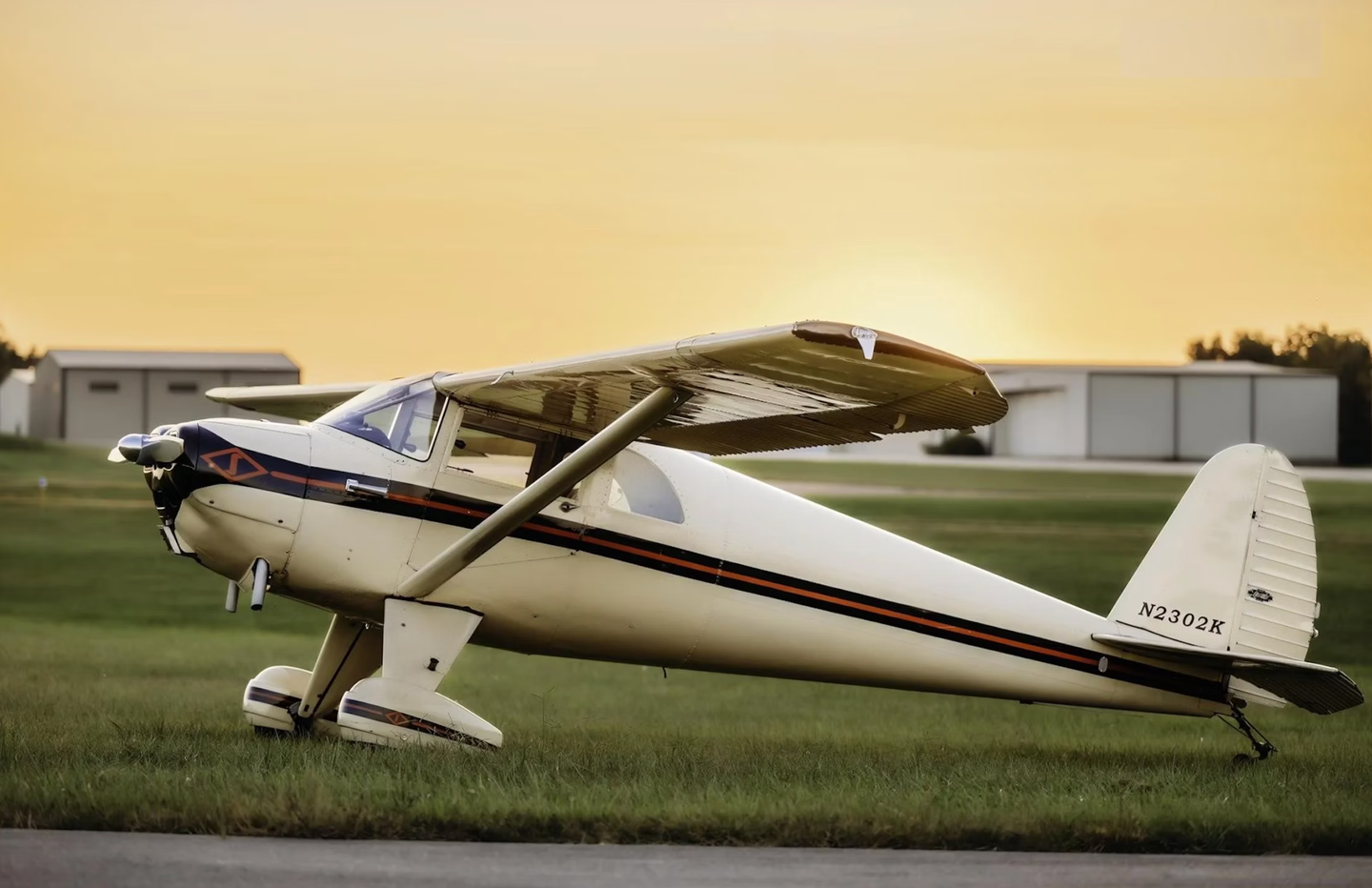
Subscribe to Our Newsletter
Get the latest Plane & Pilot Magazine stories delivered directly to your inbox


